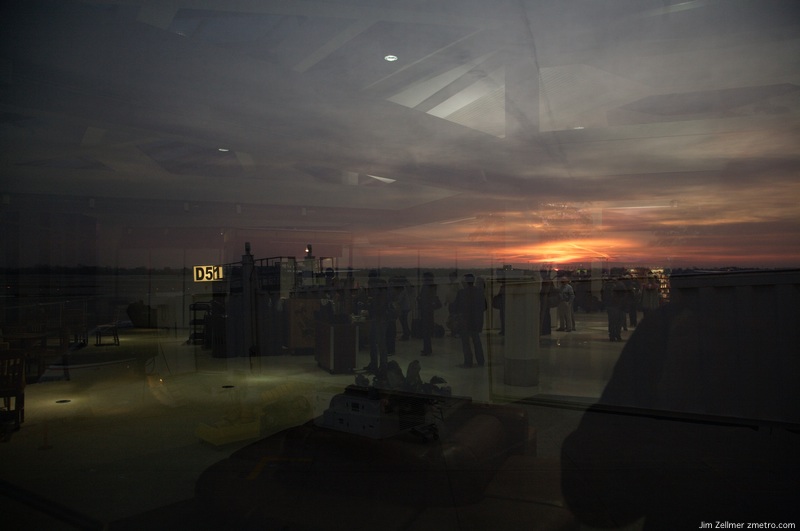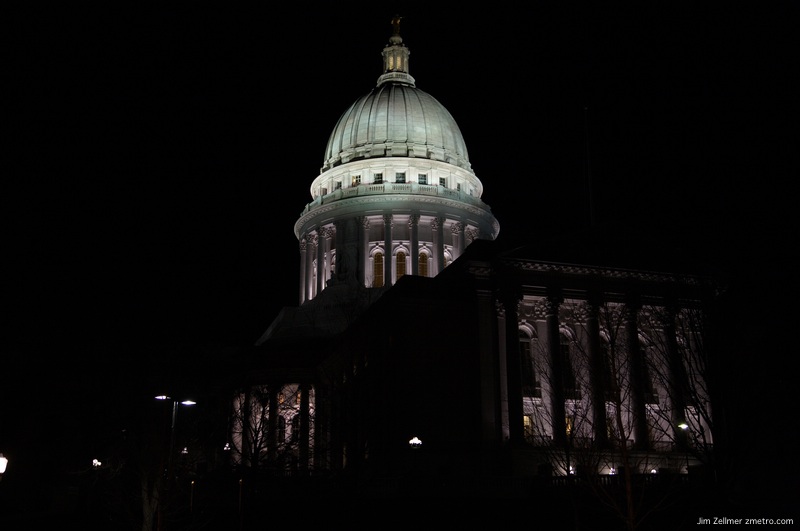The Checklist
he damage that the human body can survive these days is as awesome as it is horrible: crushing, burning, bombing, a burst blood vessel in the brain, a ruptured colon, a massive heart attack, rampaging infection. These conditions had once been uniformly fatal. Now survival is commonplace, and a large part of the credit goes to the irreplaceable component of medicine known as intensive care.
It’s an opaque term. Specialists in the field prefer to call what they do “critical care,” but that doesn’t exactly clarify matters. The non-medical term “life support” gets us closer. Intensive-care units take artificial control of failing bodies.Typically, this involves a panoply of technology—a mechanical ventilator and perhaps a tracheostomy tube if the lungs have failed, an aortic balloon pump if the heart has given out, a dialysis machine if the kidneys don’t work. When you are unconscious and can’t eat, silicone tubing can be surgically inserted into the stomach or intestines for formula feeding. If the intestines are too damaged, solutions of amino acids, fatty acids, and glucose can be infused directly into the bloodstream.
The difficulties of life support are considerable. Reviving a drowning victim, for example, is rarely as easy as it looks on television, where a few chest compressions and some mouth-to-mouth resuscitation always seem to bring someone with waterlogged lungs and a stilled heart coughing and sputtering back to life. Consider a case report in The Annals of Thoracic Surgery of a three-year-old girl who fell into an icy fishpond in a small Austrian town in the Alps. She was lost beneath the surface for thirty minutes before her parents found her on the pond bottom and pulled her up. Following instructions from an emergency physician on the phone, they began cardiopulmonary resuscitation. A rescue team arrived eight minutes later. The girl had a body temperature of sixty-six degrees, and no pulse. Her pupils were dilated and did not react to light, indicating that her brain was no longer working.
Jason Bentley Takes over Morning Becomes Eclectic
One of the biggest issues on listeners’ minds is the direction you’ll take KCRW. They wonder how much like Nic Hartcourt you’ll be and how your electronic influences will affect the morning slot. What say you?
My responsibility in this position is to integrate the influences of all the Music Directors before me, and take it to another place altogether–which means all genres of music from all over the world.Besides a reverence of Joe Strummer and The Clash and a good ear for underground bands that could appeal to a wider audience, I don’t have that much in common with Nic musically. Nic’s been great at the helm of MBE, but I’m going to bring my own music experience to the program with an appreciation of where it’s been. Yes, that does mean an affinity for Electronic music and global club culture, but that’s not all and I certainly will consider what works best during the morning hours.
Will you start focusing locally?
I feel like I do already to a great extent. I’ve been producing events locally for nearly two decades. I’m very involved in the LA scene, and KCRW is totally invested in local music, while at the same time actively making connections abroad. Personally, Silversun Pickups and Morgan Page are among my favorite local artists.
What considerations and thoughts will go into who you choose to play in studio?
Mostly looking to mix it up – everything from Afrobeat to Neo Soul and quirky Folk.
Longwood Gardens
Thanksgiving Sunrise

Queueing for Starbucks at the Milwaukee Airport.
The “Curry King” in Mumbai
Alice Thomson & Rachel Sylvester:
Sir Gulam Noon did not duck when he heard the first sounds of gunfire in his suite on the third floor of the Taj Mahal Hotel.
Britain’s most high profile Asian businessman had booked a table at the restaurant but at the last minute he felt slightly ill so changed his mind and decided to have dinner in his room with his brother and two business associates. “It probably saved my life, the restaurant was the first place the terrorists went.”
Sir Gulam – who is known as the “Curry King”, selling 1.5 million ready made Indian meals a week in Britain – was born in Bombay and started his career running a sweet stall in the city.
At first he says, “we thought we were hearing wedding fireworks, it sounded as though crackers were being let off in the lobby”. He and his brother looked out of the window expecting a fireworks display but instead “we saw men rushing into the building and people fleeing”.
Thanksgiving in a Time of Fear & Uncertainty
The brilliant mind of Kevin Kelly wrote about the origins of science a few weeks ago (The Origins of Progress, Anachronistic Science). If you want to expand your mind, read Kevin Kelly, for his is one of the most significant voices of contemporary culture. But Kelly uses science to try and answer a question about science that perplexes him: Why was science “discovered” in Western Civilization and not before? It’s a fascinating question, and one that is terribly important for us today, because we’re at the beginning of the post-modern, post-colonial era in the West.
I’ve been studying and writing about postmodernism for over ten years, and I see the conflicts of a culture in change everywhere. I actually prefer the term “postcolonial,” because, from a practical perspective, it fits better. Colonialism is a top-down, “teach a man to fish” philosophy ideally suited to the application of logic, reason and science. Where it runs into problems is when the top wants to maintain its position on top, but I digress.
The thing that Kelly refuses to acknowledge — as do most people of science — is the role of faith in the origins of science, and that brings me back to Thanksgiving 2008.
We’re in the midst of a second Gutenberg moment, in which knowledge (The Jewel of the Elites) is spreading throughout the globe like a giant mushroom cloud, and I would argue that this significantly will alter any future projections, just as the first Gutenberg moment did centuries ago.
Protesters Force Bangkok’s Airport to Suspend Takeoffs

AP:
Anti-government demonstrators swarmed Bangkok’s international airport late Tuesday — halting departing flights — as opponents and supporters of Thailand’s government fought running battles in the streets of the city.
Minutes after outbound flights at Suvarnabhumi International Airport were suspended, hundreds of demonstrators — some masked and armed with metal rods — broke through police lines and spilled into the passenger terminal.

The road to Suvarnabhumi.

America’s Debt to Income Ratio as Compared with Other Countries

Seven of the top ten debtor nations are included in the world’s top ten economies. Not surprising. This is largely a result of widespread availability of affordable credit, and relatively large middle classes in these countries, and consequently a large ratio of home/property owners. Most popular rhetoric on the topic would claim that wealthy countries have grown accustomed to being wealthy and they are enthralled by consumerism – it could be argued that this high level of debt could be a result of a culture that is used to and willing to buy now, and pay later…even if it means with interest.
According to our data, Japan has the highest positive income (in gross terms) at US $2,892 Billion. Similarly, the US economy is $1,594 Billion. At the other side of the spectrum, Great Britain’s income to debt ratio is a US -$7,677 Billion, and that of France is -$1,890 Billion. But what do these statistics mean on an individual level? Well, if you were to boil down what each person in this country contributed to the nation’s income vs. debt ratio, the results would be startling. We would have to take into consideration the nation’s population to better understand this. And some may be surprised to see that the US does not fare quite as bad as imagined, comparatively:
Wisconsin Capitol: Late Night View


